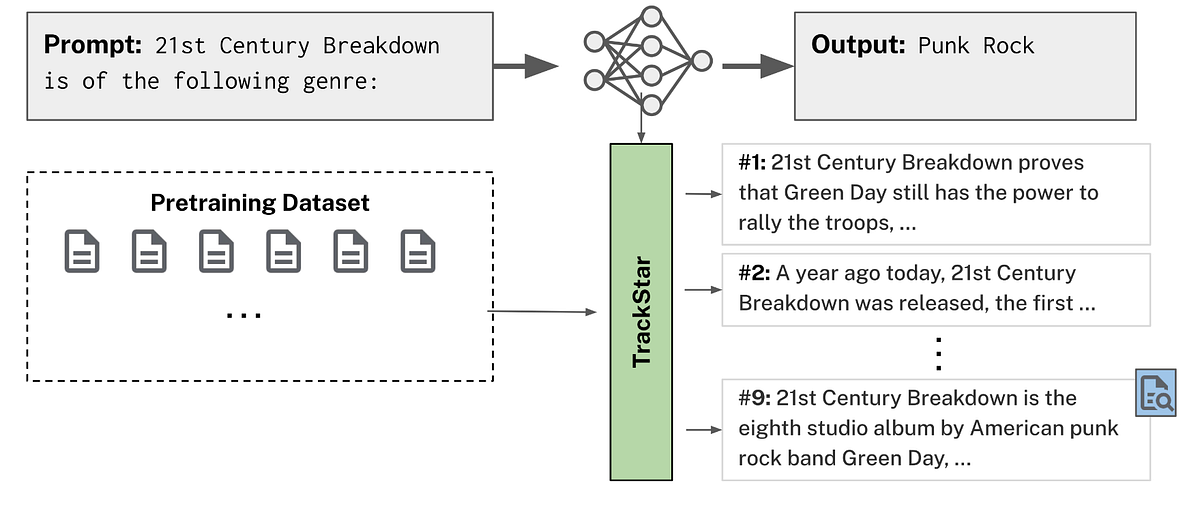
Rogue Amoeba - Under the Microscope » Blog Archive » The Developers Who Came in From the Cold
An existential threat. An unlikely alliance. A massive feat of engineering. Today, I’m going to share one of the most important stories in Rogue Amoeba history.
We begin at the beginning, way back in 2002 when Rogue Amoeba shipped version 1.0 of our flagship app Audio Hijack. From that very first version, Audio Hijack could capture any audio playing on the Mac, including audio from other applications. This took quite a bit of sorcery, because MacOS did not provide any assistance in this area.
We next abruptly flash forward through a rather astonishing 18 years. In this time, digital audio became a major part of daily life. Voice chat took off, podcasts boomed, and music (first downloadable and then streaming) flourished. Meanwhile, Rogue Amoeba developed an array of tools powered by our unmatched ability to capture any audio on the Mac. Our lineup included Airfoil, Audio Hijack, Loopback, Piezo, and SoundSource.
Even as our products steadily grew in popularity, our relationship with Apple was almost non-existent. Plenty of individuals inside the company were fans, but we received very little attention from Apple as a corporate entity. We didn’t much mind being outsiders, but it meant that we often had zero notice of breaking changes introduced by Apple.




















